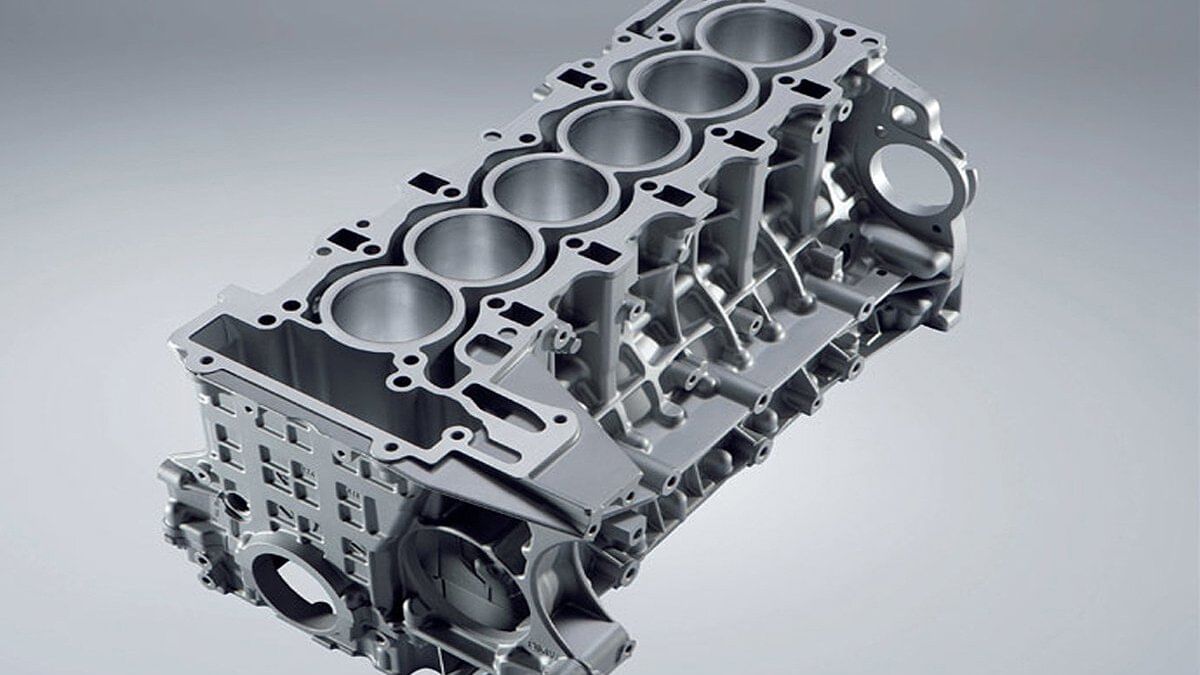Engines for Africa: Find Budget Friendly and Trusted Car Components Right Here!
Engines for Africa: Find Budget Friendly and Trusted Car Components Right Here!
Blog Article
The Mission for Ultimate Driving Power: Exploring the Peak of Engine Performance and Technological Breakthroughs in the Automotive Market
In the realm of automotive engineering, the search of optimum driving power has been a ruthless mission that has unfolded via the evolution of engine layout and the combination of innovative modern technologies. From the meticulous craftsmanship of burning engines to the fast developments in electrical propulsion systems, the automobile industry stands at the cusp of a new period identified by extraordinary performance abilities. As scientists and designers dive deeper right into the worlds of computational fluid characteristics and discover innovative gas technologies, the horizon of opportunities broadens exponentially. Stay tuned as we unwind the complex tapestry of technical advancements that are forming the future of auto power and performance.
Development of Engine Style

Additionally, the assimilation of turbocharging and supercharging modern technologies has actually transformed engine style by increasing power without dramatically raising engine size. These forced induction systems press the intake air, enabling more fuel to be combusted, thus creating higher power outcome from a smaller sized engine. This improvement has been especially critical in improving the performance of smaller sized displacement engines while maintaining fuel performance requirements.

Performance-Enhancing Fuel Technologies
The execution of advanced fuel technologies has substantially added to boosting engine performance in modern automobiles. From standard fuel and diesel to ingenious biofuels, synthetic fuels, and hydrogen, the automotive sector is observing a transformation in gas choices. Biofuels, stemmed from eco-friendly resources like corn, sugarcane, or algae, deal improved and minimized emissions engine effectiveness. Artificial gas, produced with chemical procedures, offer high octane scores, enhancing power result. Hydrogen gas cells, although still in the beginning of adoption, show terrific assurance due to their zero-emission nature and possibility for high performance. Additionally, fuel additives and detergents are being created to tidy engine components, optimize combustion, and decrease friction, thus increasing total car performance. With continuous study and growth, the mission for the utmost driving power proceeds, as designers make every effort to open the full possibility of performance-enhancing gas modern technologies in the automobile sector.
Improvements in Electric Propulsion
Significant strides in electric propulsion modern technology have actually changed the auto sector, paving the way for a brand-new period of reliable and sustainable transport. Electric automobiles (EVs) are obtaining appeal due to their environmental advantages and developments in battery technology, allowing longer driving arrays and much shorter billing times. Suppliers are investing heavily in r & d to boost the performance of electric propulsion systems, concentrating on increasing power result, improving energy performance, and lowering general weight.
One significant advancement in electric propulsion is the development of advanced electric motors that deliver greater torque and power thickness, causing enhanced velocity and overall driving performance. Furthermore, regenerative stopping systems have been refined to record and keep power throughout deceleration, more increasing the efficiency of EVs.
Moreover, the integration of clever modern technologies, such as fabricated intelligence and anticipating analytics, is optimizing the administration of electrical propulsion systems, ensuring ideal performance under various driving conditions. These innovations in electric propulsion are improving the automobile landscape, driving the industry towards a more lasting and amazed future.
Influence of Computational Fluid Characteristics
With developments in electric propulsion pressing the boundaries of automotive innovation, the assimilation of Computational websites Fluid Dynamics is playing a critical duty in maximizing wind resistant performance and boosting general efficiency in car style. Computational Fluid Characteristics (CFD) entails the use of computer system simulations to evaluate the flow of air around a car, allowing engineers to anticipate navigate to these guys exactly how layout modifications will influence the rules of aerodynamics without the demand for expensive physical models. By accurately modeling airflow patterns, CFD permits for the refinement of vehicle shapes to reduce drag, enhance cooling, and boost security.
CFD enables designers to optimize airflow around components such as radiators, engine bays, and wheel wells, contributing to enhanced performance and total driving experience. In verdict, the combination of Computational Fluid Dynamics represents a considerable action forward in the mission for ultimate driving power and performance in the vehicle sector.
Future Trends in Engine Development
In the dynamic landscape of auto engineering, cutting-edge developments are shaping the future trajectory of engine advancement. The future of engine layout is marked by a strong focus on performance, sustainability, and effectiveness. Manufacturers are progressively focusing on creating engines that not just deliver high power results however also focus on environmental duty by boosting and lowering discharges gas efficiency.
One noticeable trend in engine advancement is the rise of electrification. Crossbreed and electrical powertrains are getting grip as sensible options to conventional burning engines. These technologies provide the potential for significant reductions in carbon discharges and enhanced energy performance, aligning with official source worldwide efforts to battle climate modification.
Moreover, innovations in products scientific research and manufacturing methods are making it possible for the production of lighter and extra sturdy engine components. This change towards light-weight products such as carbon fiber and light weight aluminum alloys adds to improved performance and gas economic situation.
Conclusion
In verdict, the quest of best driving power in the auto sector remains to drive advancements in engine style, fuel technologies, electrical propulsion, and computational liquid characteristics. The advancement of these innovations is shaping the future of engine technology, leading the way for more effective and reliable vehicles (engines for africa). As the market remains to push the borders of what is possible, we can anticipate to see much more groundbreaking developments in the mission for peak efficiency
One of the crucial milestones in engine style development is the shift from standard carbureted engines to modern-day fuel-injected systems. By precisely metering the gas shipment to each cyndrical tube, fuel-injected engines enhance combustion, resulting in far better performance and minimized ecological influence.
In addition, the combination of turbocharging and supercharging technologies has transformed engine style by enhancing power without significantly enhancing engine dimension (engines for africa).The implementation of sophisticated gas technologies has considerably contributed to boosting engine performance in modern-day lorries. Furthermore, gas ingredients and cleaning agents are being developed to tidy engine components, enhance combustion, and lower friction, therefore increasing total car efficiency
Report this page